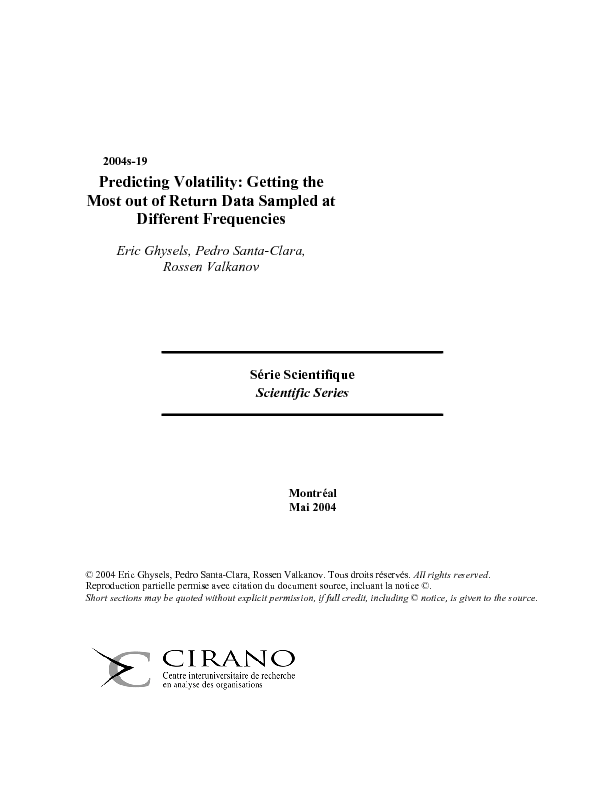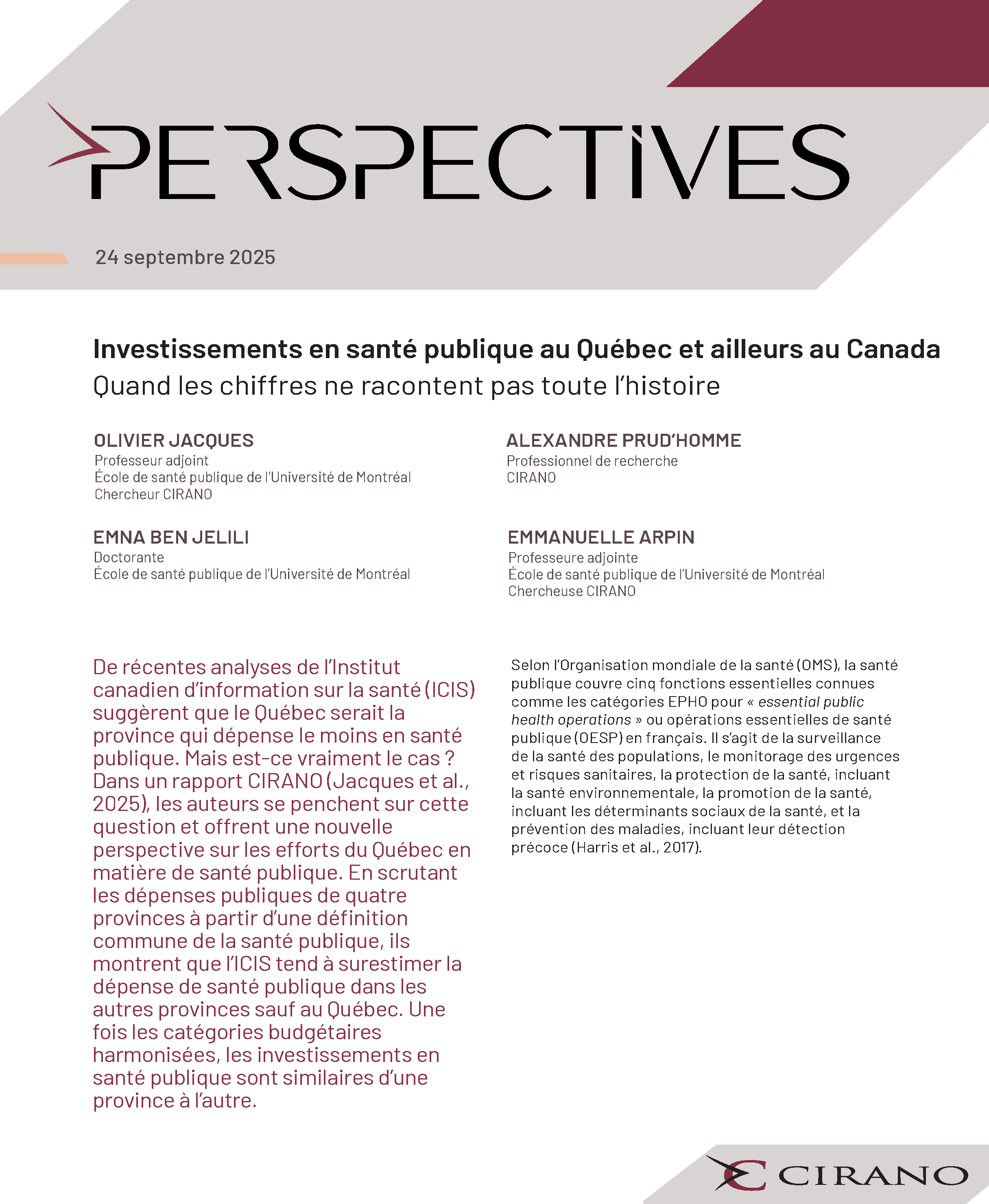Predicting Volatility: Getting the Most out of Return Data Sampled at Different Frequencies
We consider various MIDAS (Mixed Data Sampling) regression models to predict volatility. The models differ in the specification of regressors (squared returns, absolute returns, realized volatility, realized power, and return ranges), in the use of daily or intra-daily (5-minute) data, and in the length of the past history included in the forecasts. The MIDAS framework allows us to compare models across all these dimensions in a very tightly parameterized fashion. Using equity return data, we find that daily realized power (involving 5-minute absolute returns) is the best predictor of future volatility (measured by increments in quadratic variation) and outperforms model based on realized volatility (i.e. past increments in quadratic variation). Surprisingly, the direct use of high-frequency (5-minute) data does not improve volatility predictions. Finally, daily lags of one to two months are sufficient to capture the persistence in volatility. These findings hold both in- and out-of-sample.
[ - ]




